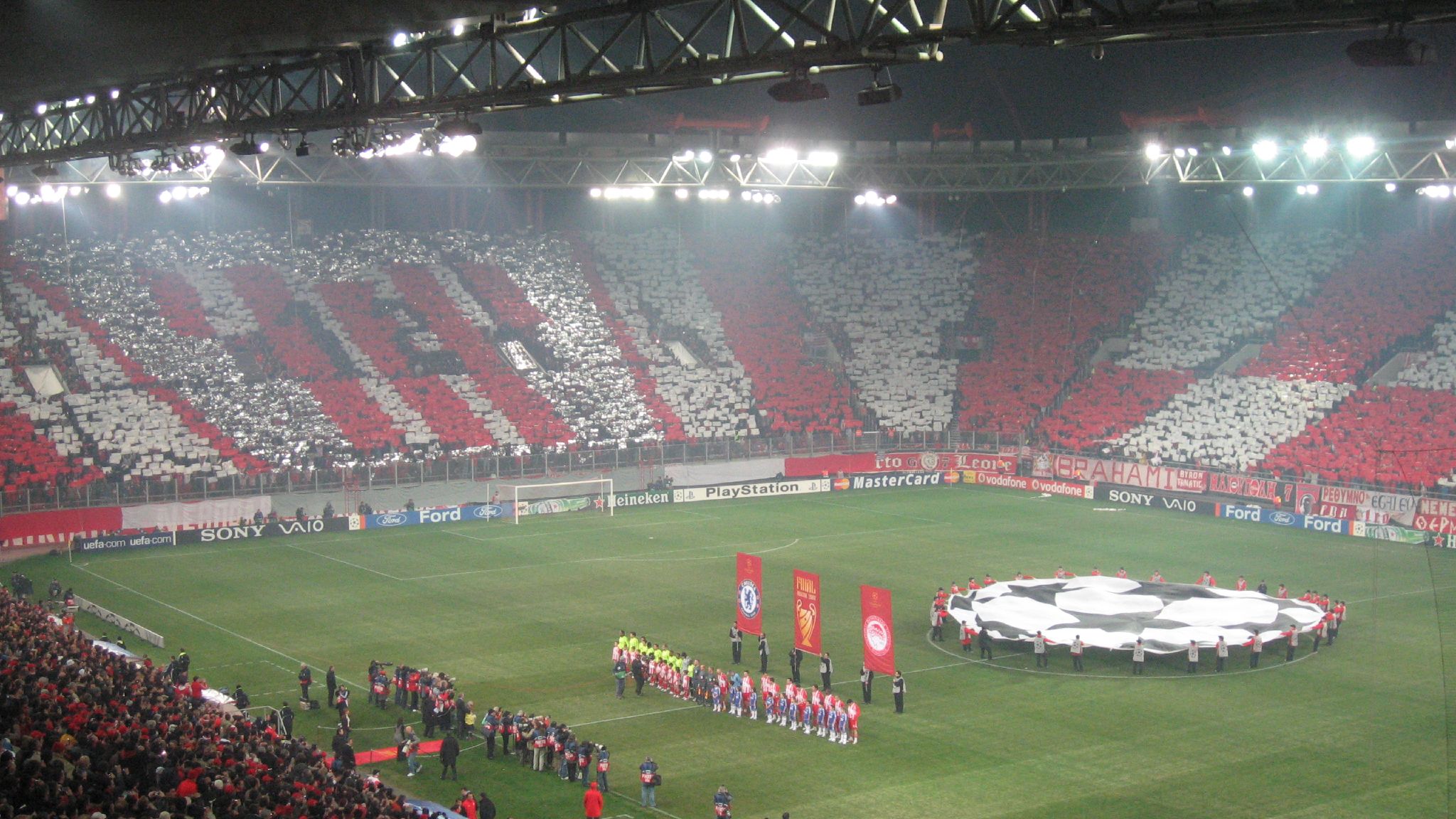|
1969 European Athletics Championships – Women's Discus Throw
The women's discus throw at the 1969 European Athletics Championships was held in Athens, Greece, at Georgios Karaiskakis Stadium The Georgios Karaiskakis Stadium ( el, Στάδιο Γεώργιος Καραϊσκάκης), commonly referred to as the Karaiskakis Stadium ( el, Στάδιο Καραϊσκάκη, ), is a football stadium in Piraeus, Attica, Greece, and the ... on 19 September 1969. Medalists Results Final 19 September Participation According to an unofficial count, 9 athletes from 5 countries participated in the event. * (2) * (1) * (2) * (3) * (1) References {{DEFAULTSORT:1969 European Athletics Championships, Womens discus throw Discus throw Discus throw at the European Athletics Championships Euro ... [...More Info...] [...Related Items...] OR: [Wikipedia] [Google] [Baidu] |
Discus Throw
The discus throw (), also known as disc throw, is a track and field event in which an athlete throws a heavy disk (mathematics), disc—called a discus—in an attempt to mark a farther distance than their competitors. It is an classical antiquity, ancient sport, as demonstrated by the fifth-century-BC Myron statue ''Discobolus''. Although not part of the current pentathlon, it was one of the events of the Ancient Olympic pentathlon, ancient Greek pentathlon, which can be dated back to at least 708 BC, and it is part of the modern decathlon. History The sport of throwing the discus traces back to it being an event in the Ancient Olympic Games, original Olympic Games of Ancient Greece. The discus as a sport was resurrected in Magdeburg, Germany, by gymnastics teacher Christian Georg Kohlrausch and his students in the 1870s. Organized men's competition was resumed in the late 19th century, and has been a part of the modern Summer Olympic Games since the first modern competition, ... [...More Info...] [...Related Items...] OR: [Wikipedia] [Google] [Baidu] |
1969 European Athletics Championships
The 9th European Athletics Championships were held from 16–21 September 1969 in the Karaiskaki Stadium of Athens, the capital of Greece. New at these championships were the women's 1500 metres and the women's 4×400 metres relay event. Moreover, women's 80 metres hurdles was replaced by women's 100 metres hurdles. Contemporaneous reports on the event were given in the Glasgow Herald. Former East German runner Jürgen May, who had defected, was not allowed to compete for his new country, West Germany, due to IAAF rules requiring him to live there for at least three years; he had competed for East Germany in the 1966 championships. West German officials promptly withdrew their athletes from all individual events in protest, but decided to compete in the relay races as a symbolic gesture to show their respect for the Greek organisers. The Dutch decathlete Edward de Noorlander was disqualified for the use of amphetamine, the first disqualification for doping in athl ... [...More Info...] [...Related Items...] OR: [Wikipedia] [Google] [Baidu] |
Athens
Athens ( ; el, Αθήνα, Athína ; grc, Ἀθῆναι, Athênai (pl.) ) is both the capital and largest city of Greece. With a population close to four million, it is also the seventh largest city in the European Union. Athens dominates and is the capital of the Attica region and is one of the world's oldest cities, with its recorded history spanning over 3,400 years and its earliest human presence beginning somewhere between the 11th and 7th millennia BC. Classical Athens was a powerful city-state. It was a centre for the arts, learning and philosophy, and the home of Plato's Academy and Aristotle's Lyceum. It is widely referred to as the cradle of Western civilization and the birthplace of democracy, largely because of its cultural and political influence on the European continent—particularly Ancient Rome. In modern times, Athens is a large cosmopolitan metropolis and central to economic, financial, industrial, maritime, political and cultural life in Gre ... [...More Info...] [...Related Items...] OR: [Wikipedia] [Google] [Baidu] |
Georgios Karaiskakis Stadium
The Georgios Karaiskakis Stadium ( el, Στάδιο Γεώργιος Καραϊσκάκης), commonly referred to as the Karaiskakis Stadium ( el, Στάδιο Καραϊσκάκη, ), is a Association football, football stadium in Piraeus, Attica, Greece, and the home ground of the Piraeus football club Olympiacos F.C., Olympiacos. With a capacity of 32,115, it is the second largest only football stadium and the List of football stadiums in Greece, third largest football stadium overall in Greece. It is named after Georgios Karaiskakis, a military commander of the Greek War of Independence, who is considered a national hero and was mortally wounded in the area. History It was used during the Athens 1896 Summer Olympics, as the Neo Phaliron Velodrome, where Frenchman Paul Masson (cyclist), Paul Masson took the three Cycling at the 1896 Summer Olympics, track cycling gold medals. It was renovated during the 1960s and hosted the European Winners' Cup Final of 1970–1971, the fir ... [...More Info...] [...Related Items...] OR: [Wikipedia] [Google] [Baidu] |


